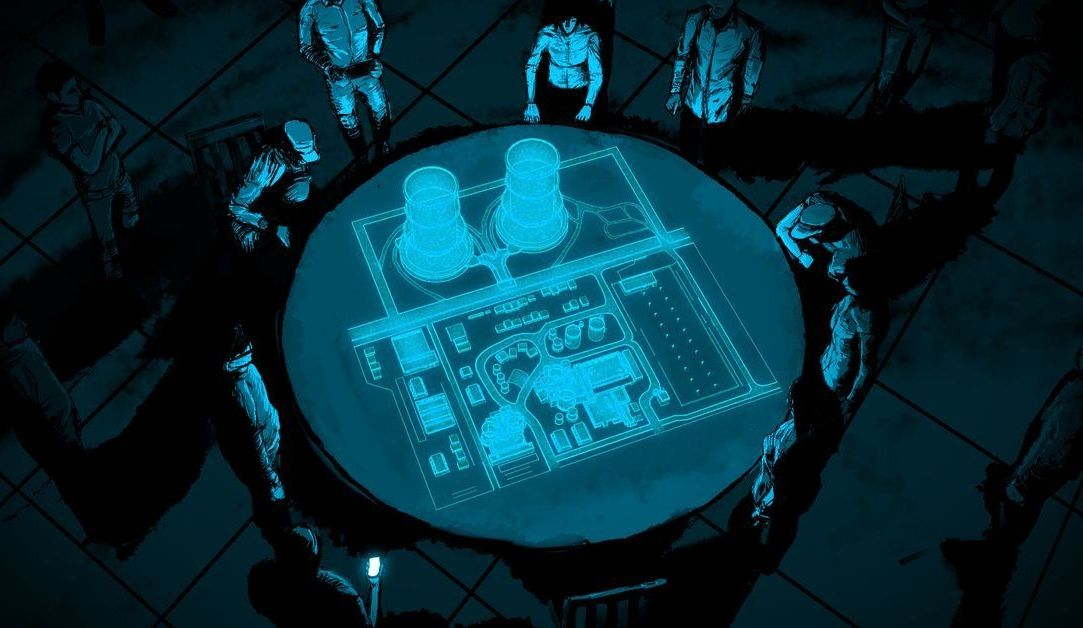Jan 30, 2018
Ways AI Will Fight the Cybersecurity Battles of the Future
Posted by Saúl Morales Rodriguéz in categories: business, cybercrime/malcode, robotics/AI
Cybersecurity risks are on the rise. While the high-profile breaches at Target and Yahoo! captured our attention, they have also distracted us from the prevalence of cybersecurity risks in everyday life. The number of cyber-security breaches has more than doubled over the past few years. In the third quarter of 2016, over 18 million new forms of malware were discovered. That is nearly a quarter of a million new types of malware every single day.
Unfortunately, some of the most vulnerable companies are those that are least equipped to address these concerns. Industry experts estimate that 45% of all cyber-attacks are launched against small businesses. Almost half of all small businesses have been attacked, although most of them don’t know it. Nearly 70% of small businesses are forced into bankruptcy within six months of a particularly severe cyber-attack.
Despite the risks, small businesses are under greater pressure to cut costs. They can’t always afford top-tier protection.
Continue reading “Ways AI Will Fight the Cybersecurity Battles of the Future” »

















